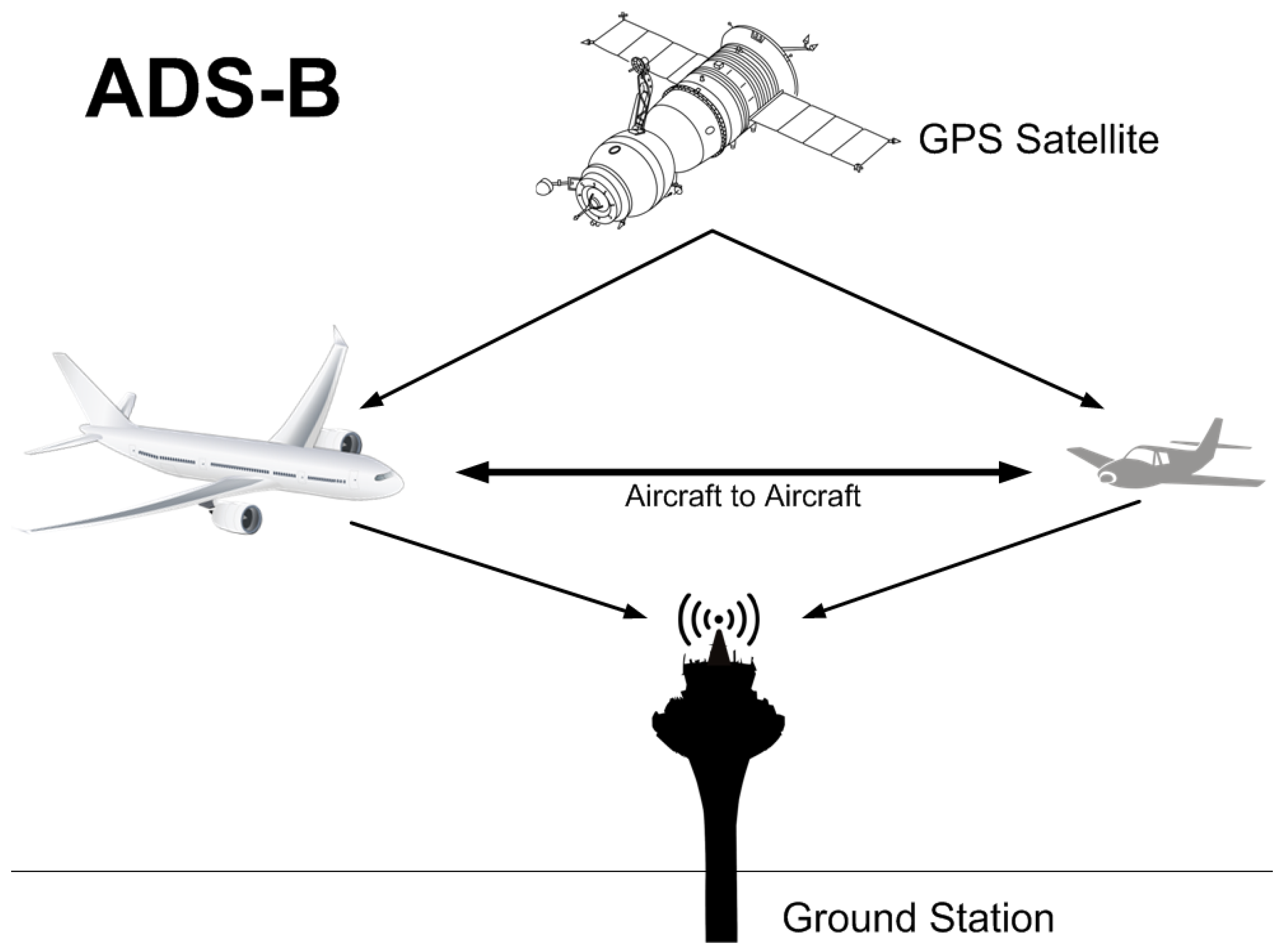Automatic Dependent Surveillance-Broadcast (ADS-B): A Revolution in Air Traffic Management
Automatic Dependent Surveillance-Broadcast (ADS-B) is a revolutionary technology that is transforming air traffic management (ATM) around the globe. By providing real-time information about an aircraft's position, altitude, velocity, and other essential flight data, ADS-B is enhancing safety, efficiency, and situational awareness for both pilots and air traffic controllers.
 |
| Automatic Dependent Surveillance-Broadcast (ADS-B): A Revolution in Air Traffic Management |
How it Works:
ADS-B operates on the principle of cooperative surveillance, where aircraft onboard equipment automatically broadcasts their data. This data includes:
- Aircraft identification: Unique identifier for the aircraft.
- Position: Aircraft's latitude, longitude, and altitude.
- Velocity: Aircraft's ground speed and heading.
- Additional data: Information such as rate of climb/descent, aircraft type, and call sign.
This data is transmitted via a dedicated radio frequency to ground stations and other aircraft equipped with ADS-B receivers. The received data is then processed and displayed on air traffic control displays, providing a real-time picture of the airspace.
Types of ADS-B:
There are two primary types of ADS-B:
- ADS-B Out: Aircraft automatically broadcasts its data to ground stations and other aircraft.
- ADS-B In: Aircraft equipped with an ADS-B receiver can receive data from other ADS-B-equipped aircraft, enhancing their situational awareness.
Benefits of ADS-B:
The implementation of ADS-B offers numerous benefits:
- Enhanced Safety: Real-time tracking of aircraft positions significantly reduces the risk of mid-air collisions.
- Improved Efficiency: ADS-B enables more precise flight path planning, leading to optimized airspace utilization and reduced fuel consumption.
- Reduced Controller Workload: Automated data provision frees up air traffic controllers' time and resources for other critical tasks.
- Enhanced Situational Awareness: Pilots receive accurate and timely information about nearby aircraft, improving their decision-making capabilities.
- Increased Visibility: ADS-B can track aircraft in remote areas or beyond radar coverage, improving overall situational awareness.
Current Applications and Future Trends:
ADS-B is being adopted worldwide and is mandated in many countries. Its applications extend beyond traditional air traffic control, including:
- Drone traffic management: Integrating drones into the airspace requires enhanced tracking and monitoring, which ADS-B can facilitate.
- Search and rescue: Real-time tracking capabilities are invaluable in locating missing aircraft and coordinating rescue efforts.
- Weather monitoring: Aircraft-derived data can be used to improve weather forecasts and provide valuable insights for meteorologists.
Future trends in ADS-B technology include:
- Advanced data fusion: Integrating ADS-B data with other sources like radar and satellite data will create a more comprehensive picture of the airspace.
- Next-generation communication protocols: Advancements in communication technology will enable faster and more reliable data transmission.
- Cybersecurity: Ensuring the security and integrity of ADS-B data is crucial for continued trust and reliance on the system.
Conclusion:
ADS-B has revolutionized air traffic management by providing real-time data and enhancing situational awareness for all stakeholders. As the technology continues to evolve and its applications expand, ADS-B promises to play a critical role in shaping the future of safe, efficient, and sustainable air travel.



0 Comments